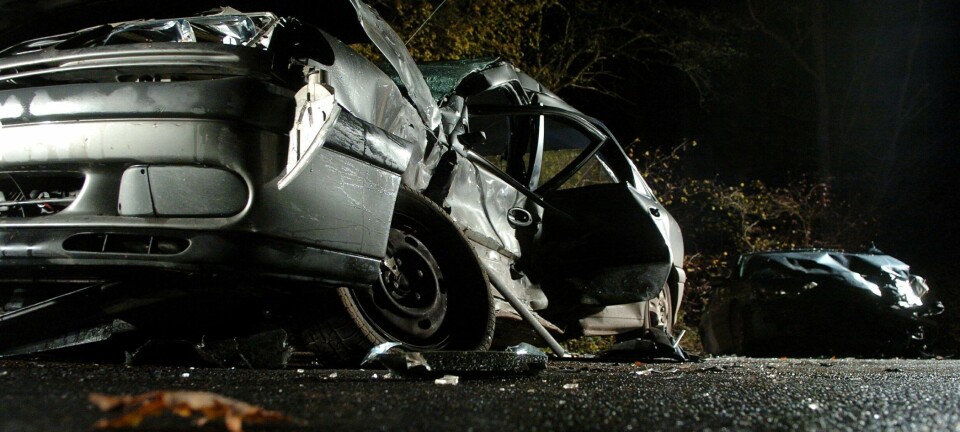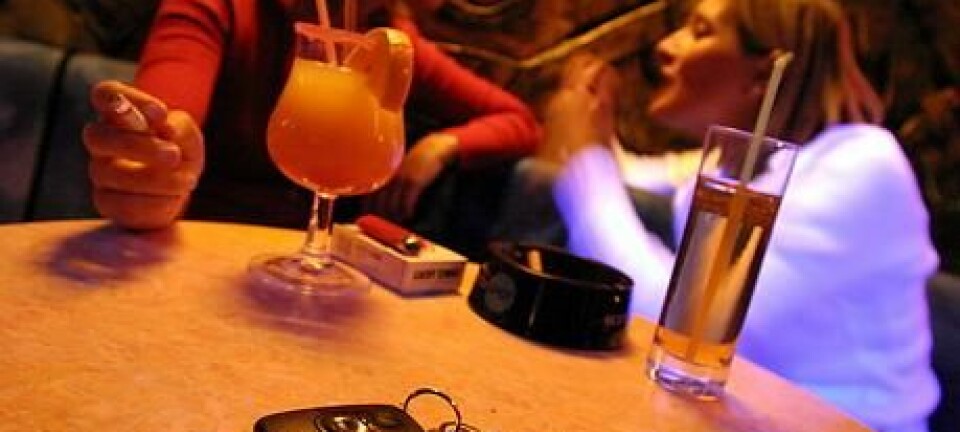
Pedestrians as risky as cars for cyclists
Pedestrians are as likely as cars to cause bicycle accidents. Swedish researchers discovered the problem by mounting cameras and sensors on bikes being ridden in Gothenburg.
Bicycling is becoming increasingly common in Norwegian and Swedish cities. But traffic experts have not really known much about cyclists and their experiences in the urban traffic.
The trial of a bicycle rider charged with involuntary manslaughter started in Oslo on Tuesday 17 September. The defendant crashed into another cyclist, a woman who subsequently fell in front of an oncoming bus.
But a big share of cycling accidents occurs when people on foot and cyclists come within striking distance, according to a new study conducted by researchers at Chalmers University of Technology.
Test subjects pedalled around in Gothenburg for several weeks, equipped with the same advanced sensor systems used in car safety research. The cyclists manoeuvred through traffic just as they normally would – and accidents or serious mishaps occurred on 63 occasions.
The researchers were thus able to collect and analyse a considerable amount of data showing what happened immediately before and as the accidents occurred.
Intersections are worst
The researchers in Gothenburg discovered:
- An intersection with poor visibility raises the risk for a bike accident twelvefold.
- Poor road standards raise the risk for cyclists tenfold.
- A nearby pedestrian doubles the risk of an accident for the cyclist.
- Mishaps are most likely to occur when cyclists, pedestrians and motorists are in the same situation.
The main cause for a cyclist mishap comes from cars (30 percent) or pedestrians (29 percent).
Not surprisingly, when a cyclist collides with a car, the accident can be far more serious than when he or she pedals into a pedestrian.
Sharing sidewalks is not a good idea
The traffic solution used in Norway and Sweden – in which pedestrians and cyclists can both use sidewalks and cycle paths – increases accident numbers.
Marco Dozza, one of the researchers behind the study, is certain this makes for a hazardous mix.
“This research has allowed us to see traffic from a cyclist’s viewpoint. Nevertheless, we think it’s fair to say that crashes with pedestrians are not always the fault of the cyclist. We see that pedestrians also make mistakes that result in accidents,” says Dozza.
Accident on YouTube
“This is the first time anyone has carried out this sort of study.”
Dozza and colleagues have conducted a lot of studies in connection with the research project preBikeSAFE. Some of the video segments from the research have been posted on YouTube. Here is an example of an unfortunate cyclist.
“Cyclists often ride too fast. This reduces the window of opportunity a cyclist has to see what’s happening,” says Dozza.
“Add the fact that drivers might be talking on their mobiles and that they often only see pedestrians and other cars when they come to an intersection. They simply don’t notice the cyclist.”
Intelligent solutions
Given the university's technological profile, it should come as no surprise that the Chalmers researchers are thinking in terms of high-tech solutions. They want to find out if modern technology can make cycling safer.
“Cars are getting more and more ‘intelligent’ with advanced safety systems. We could do the same thing with bicycles.”
The researchers are developing a smartphone app that could be installed on the phones of cyclists as well as drivers. The app could sound an alarm to warn of an imminent collision.
Until new technology makes city cycling safer, Dozza has two tips for urban cyclists, based on the research in Gothenburg:
“Look around you! And be extremely cautious when you approach an intersection!”
The researchers presented their results at the Third International Conference on Driver Distraction and Inattention, which was held in Gothenburg this month.
----------------------------------
Read the Norwegian version of this article at forskning.no
Translated by: Glenn Ostling








